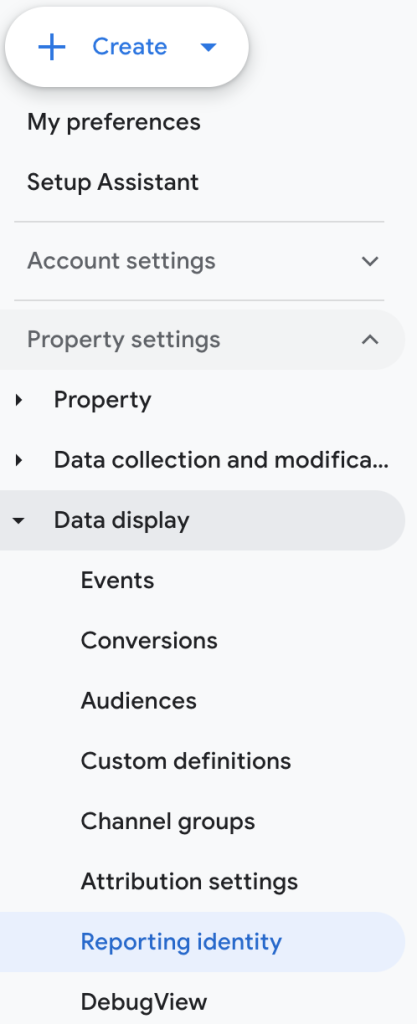Google recently announced a significant update for Google Analytics 4 (GA4) users: the discontinuation of ‘Google Signals’ in the reporting identity, effective from 12th February 2024, but what does this mean for marketers? In this article, we will explain what Google Signals are, its role within Google Analytics and the impact of how this update will influence Google Analytics and its reporting.
Google Signals is a feature within Google Analytics that enriches user data analysis by using anonymised information from users who are logged into Google. This feature is vital for capturing specific demographic and interest information in reports, including details like age, gender and user interests.
Beyond demographics, Google Signals is essential for integrating audiences from Google Analytics into your Google Ads account and for effective cross-device user tracking. It aids in identifying the same users across multiple devices, offering a more complete tracking system.
Reporting identity in Google Analytics is pivotal for compiling user data into a detailed and comprehensive profile. It’s instrumental for tracking user actions consistently across the platform, offering a more nuanced understanding of the user’s interactions. When activated, Google Signals enhanced the quality of these insights by incorporating data from users logged into Google.
The exclusion of Google Signals from the reporting identity in GA4 marks a pivotal shift in how businesses and marketers approach data collection and interpretation. This transition highlights the importance of adapting to the changing digital landscape, where privacy considerations take precedence, and the methods of gathering and analysing user data become increasingly sophisticated.
Ultimately, understanding the implications of this change is critical. The loss of Google Signals from reporting signifies a move toward more privacy-focused analytics. Businesses and marketers must now adapt their strategies to gather meaningful insights about their audience, maintain personalisation in their marketing efforts and uphold transparency.
Although there are some features that have been lost, there are also some features that are still available. Let’s take a look at the impact of excluding Google Signals.
The exclusion of Google Signals could disrupt the ability to track users across multiple devices. This change may affect the precision of cross-device user activity tracking. Nonetheless, for many reports, particularly on smaller websites, the impact might be minimal due to the infrequent use of data from logged-in Google users.
Another major change in GA4 is that Google signals will be removed from the Blended report identity. However, users can adjust this setting through the Admin profile. If you’re using device-based reporting already, this change will not be impacted.
To find Google Signals in Blended report identity, navigate to Admin – Data Display, select Reporting Identity and then click the drop-down arrow for Blended where you can see Google Signals.

A silver lining to this change is the reduction in data thresholds in your reports. This could potentially mean a more comprehensive data availability in Google Analytics, as thresholds are typically more pronounced when smaller datasets are involved, especially when using Google Signals. As a result, this could lead to more robust reporting.
Google Signals will still support audience and conversion use cases, like remarketing and conversion optimisation in linked Google advertising products. As a result, you can still build audiences and serve ads to these audiences through Google Ads or other Google advertising products.
In light of the exclusion of Google Signals and the evolving landscape of data collection in GA4, it’s imperative for businesses to stay ahead of these adjustments to maintain their competitive edge. Adapting to these shifts requires a proactive approach, leveraging alternative data collection methodologies and refining audience targeting strategies to ensure continued effectiveness in digital marketing campaigns.
